Doctor Who is an anomaly in many ways, but perhaps the biggest reason is that the show started in 1963, ended in 1989, and was revived in 2005 as a continuation of the original series. Classic Who and New Who are essentially the same; the monsters come, adventures are had, and The Doctor saves the day. But there are as many changes as there are similarities.
The show needed to adapt in several ways to attain the wants of the viewers in present-day society while remaining loyal to its roots and existing audience members.
10 CHANGED: It Got Series Spin-offs
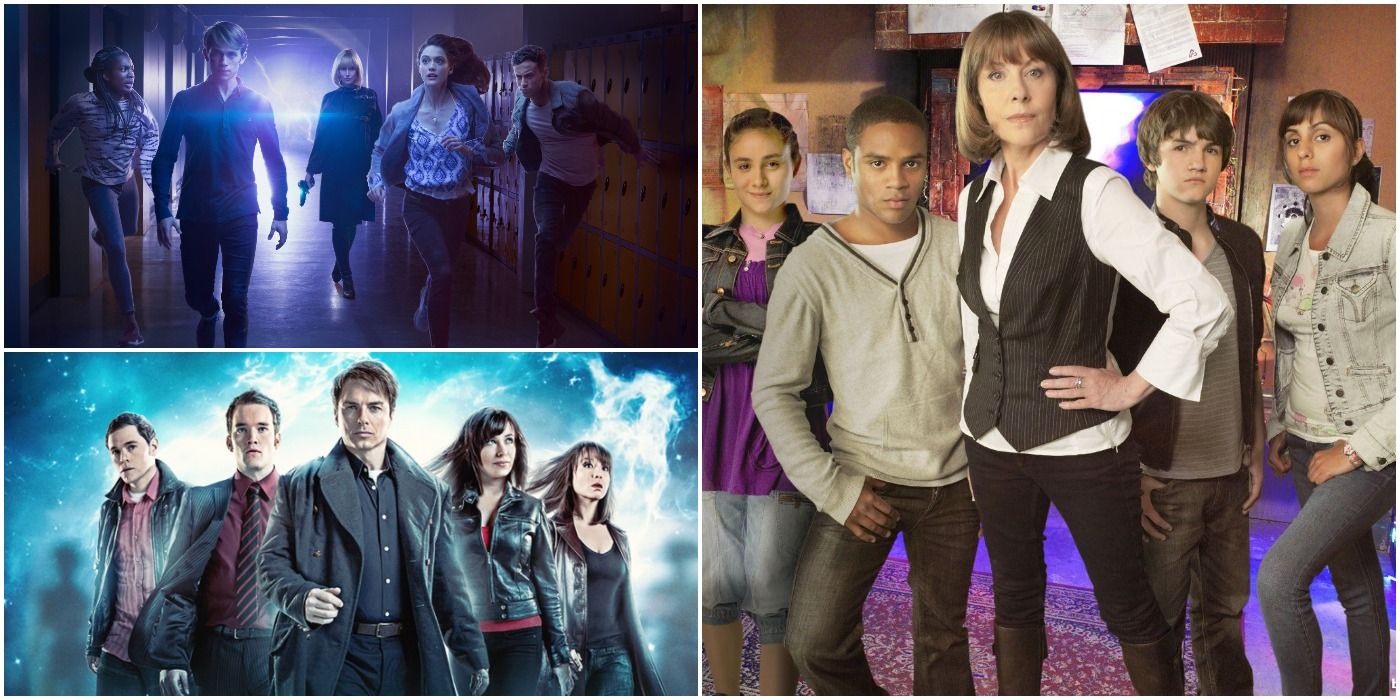
Doctor Who used to be a stand-alone show, but after it was revived in 2005, its complex characters and vast universe allowed for spin-offs. When Sarah Jane Smith appeared in the 2006 season 2 episode "School Reunion," her return confirmed that she was too loved a character to cast aside. And so began The Sarah Jane Adventures (2007). Other spin-offs of Doctor Who include Torchwood (2006) and Class (2016).
9 SAME: It Continues To Adapt
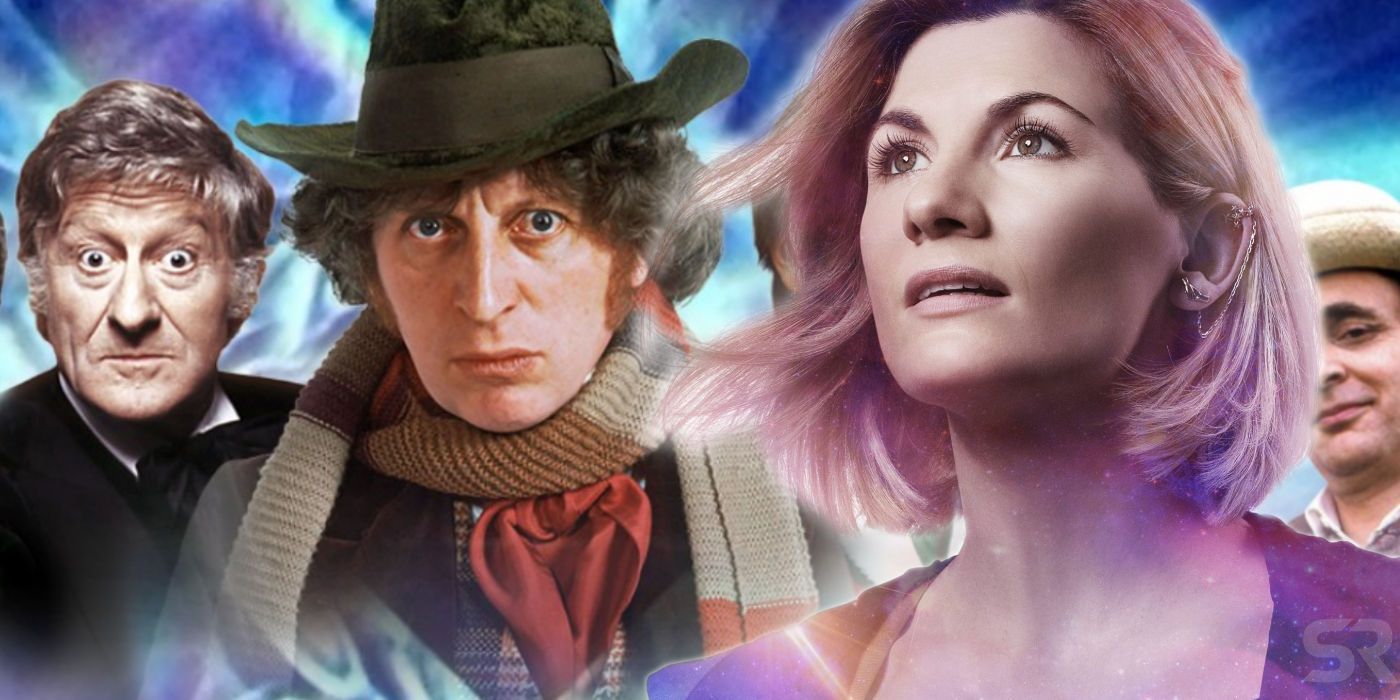
Doctor Who has survived as long as it has because of its unique circumstances. The show is constantly adapting. In order to continue, the main character must change. The decision to take such a drastic measure lead to a successful outcome. Time and age have no limit, no say in how long the show can last. As the years go by it is able to keep itself relevant because of its flexible nature.
8 CHANGED: More Emotional
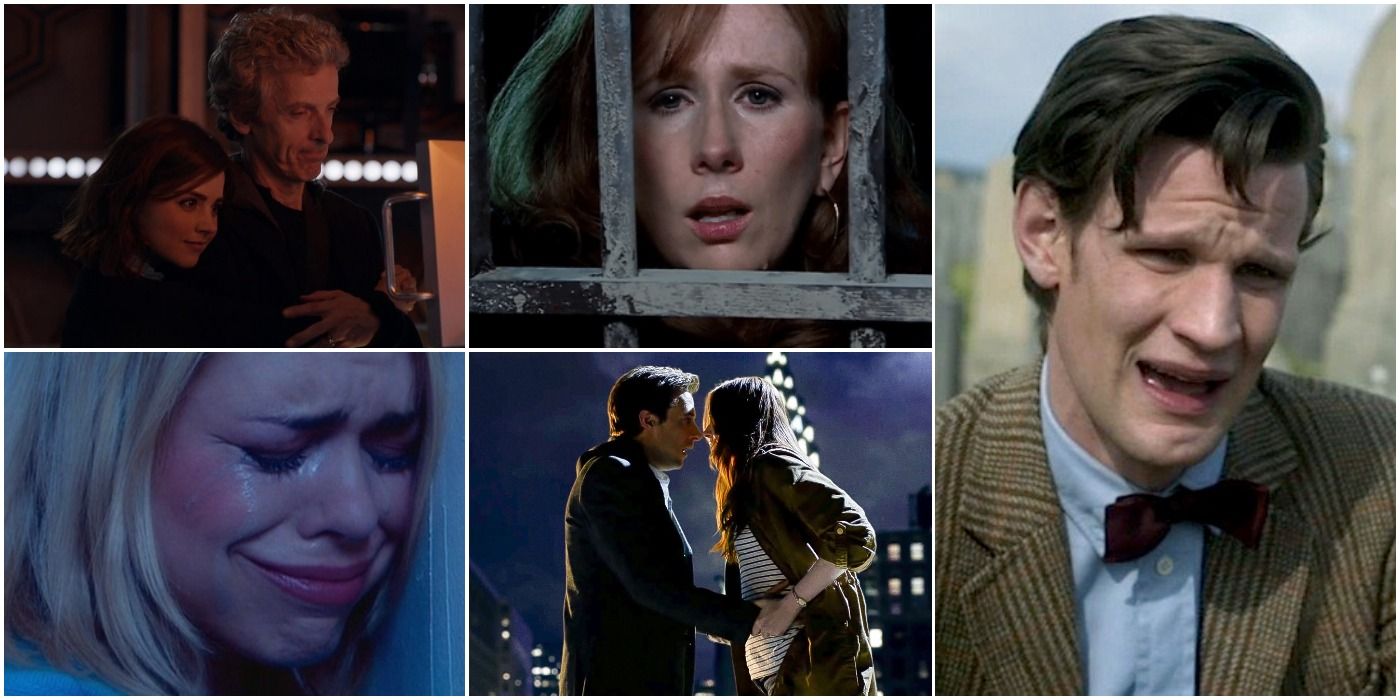
When Doctor Who became more character invested as opposed to narrative-based, it naturally led to more emotional storylines. An emotional story meant it would be harder to satisfy viewers when it came to companion exits. How can it be that a person would leave The Doctor? How have they simply disappeared from the show's universe if they are still alive? Endings could no longer be anti-climatic, simple, ordinary.
They had to be expressive, impressive, dramatic, and worthy of the companion and the viewers. Even The Doctor became more emotional, more human, and more relatable. More tears, passion, outbursts, crises, rages, anguish, and love than ever before.
7 SAME: The Doctor
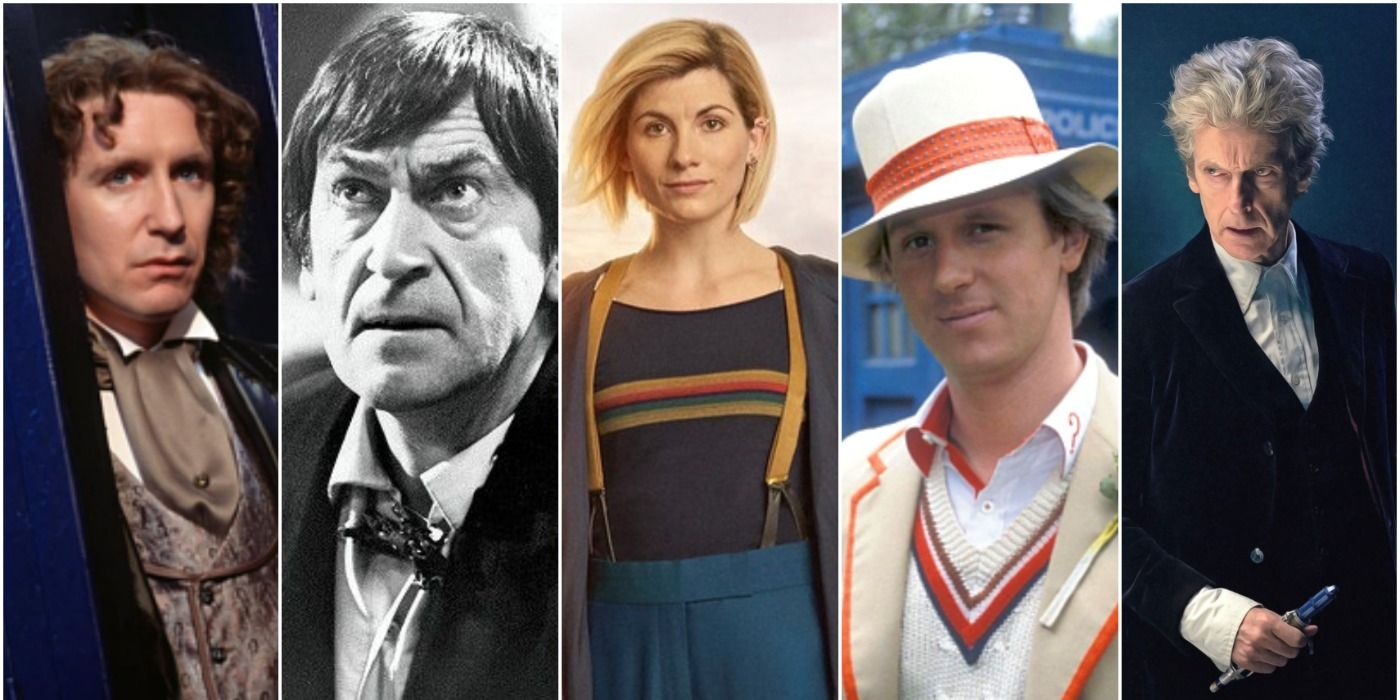
Doctor Who wouldn't be Doctor Who without The Doctor. The Doctor is the heart and soul of the show. In fact, when it came to the problem concerning The Doctor's regeneration cycle, the problem was hardly a problem at all, simply a flex of alteration within the already complex and convoluted storyline. It's the least that could be done for the protagonist of the show. Regeneration after regeneration, the tradition of wondering how the new Doctor would be, warming up to them, loving them, and hating to see them leave, continued. It didn't matter how many times The Doctor changed, The Doctor was The Doctor, with every previous Doctor layered within.
6 CHANGED: Companions
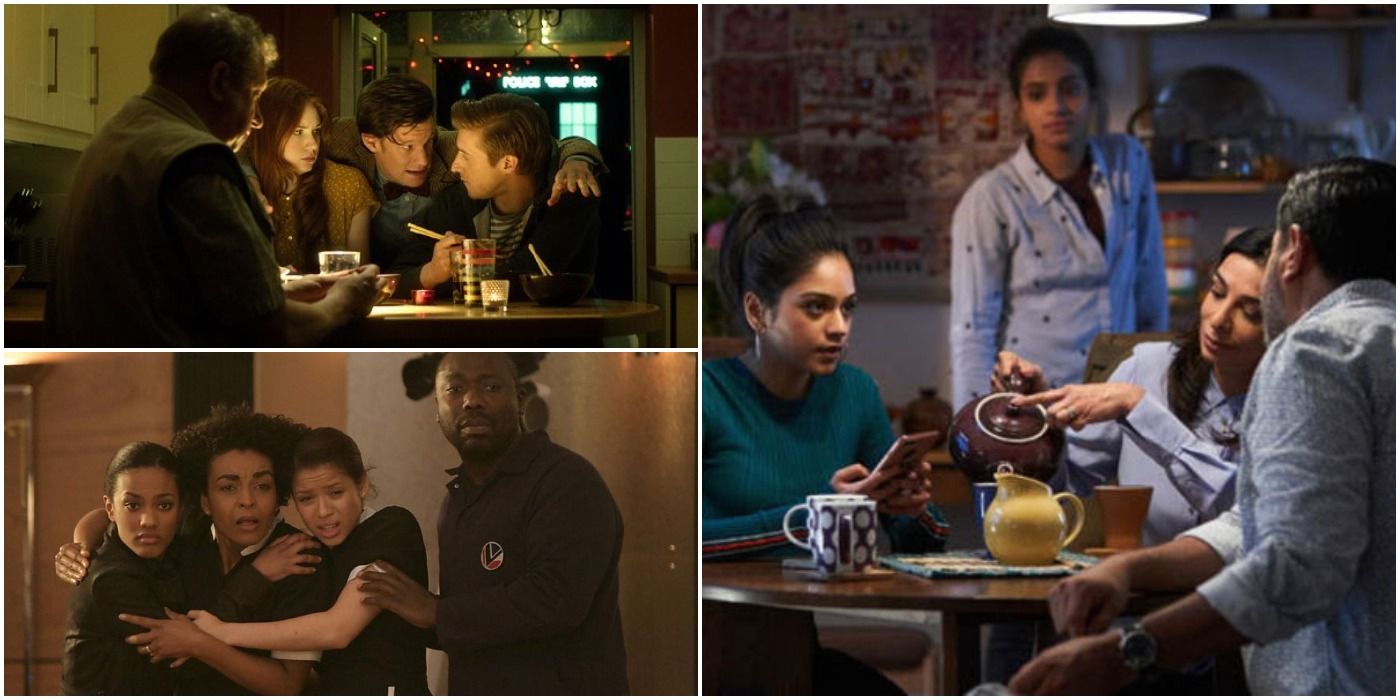
In the days of Classic Who, the companions didn't have well-rounded storylines. Their lives outside of the TARDIS were only shown when their stories began and revisited when they left. Their home lives weren't focused on and they weren't as active as the present-day companions.
They didn't have much backstory, motivation, or clarity making their departures less memorable and dramatic. Episodes were more narrative-based. Another difference was that many of the companions weren't only from present-day earth but other planets and times.
5 SAME: Daleks
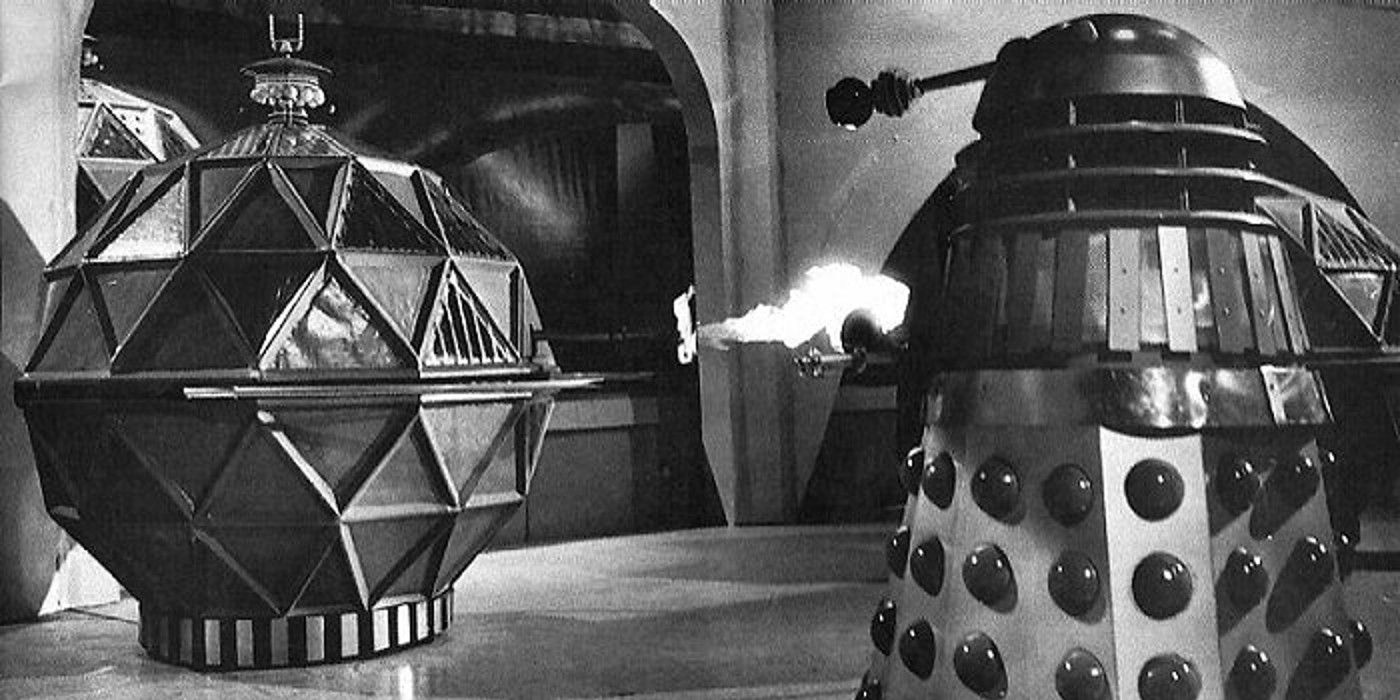
The Daleks were one of the most notable and biggest enemies of The Doctor in the Classic Who series. Their cold outer shell and piercing voices struck terror in viewers from the very first moment they were introduced, and this continued into the New Who era. It didn't matter how much change occurred, how they looked on the outside, or how many appeared to be the last of their kind - they endured.
4 CHANGED: Inclusivity
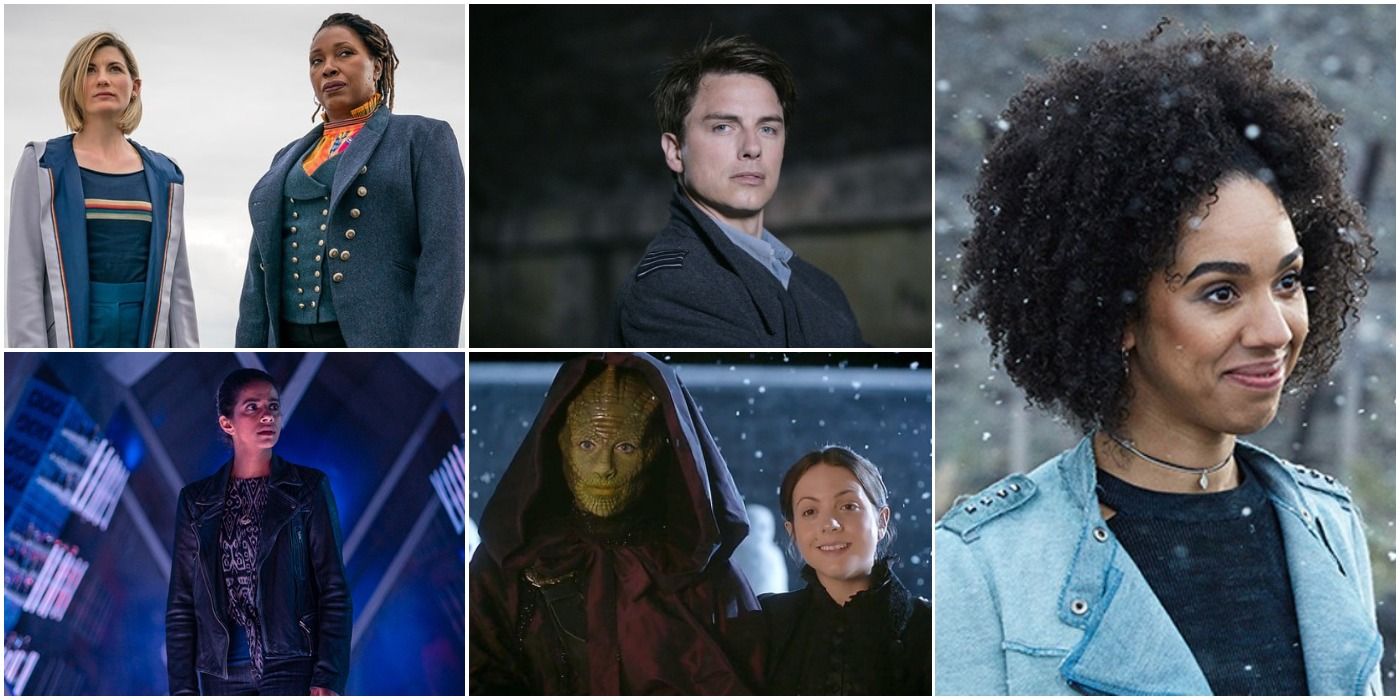
Doctor Who is loved by many people, yet before the New Who series began, there was hardly any minority representation to be seen in Classic Who. Companions of color weren't introduced on-screen until Mickey Smith's appearance in season 1 of New Who. Following Mickey, more diverse companions appeared on-screen: Martha Jones, Captain Jack Harkness, Bill Potts, Yasmin Khan, Ryan Sinclair, a female Doctor, a female Doctor of color, and the first person of color acting as The Master appeared in series 12. The episodes of New Who also became more inclusive in plot and historical events.
3 SAME: The Master
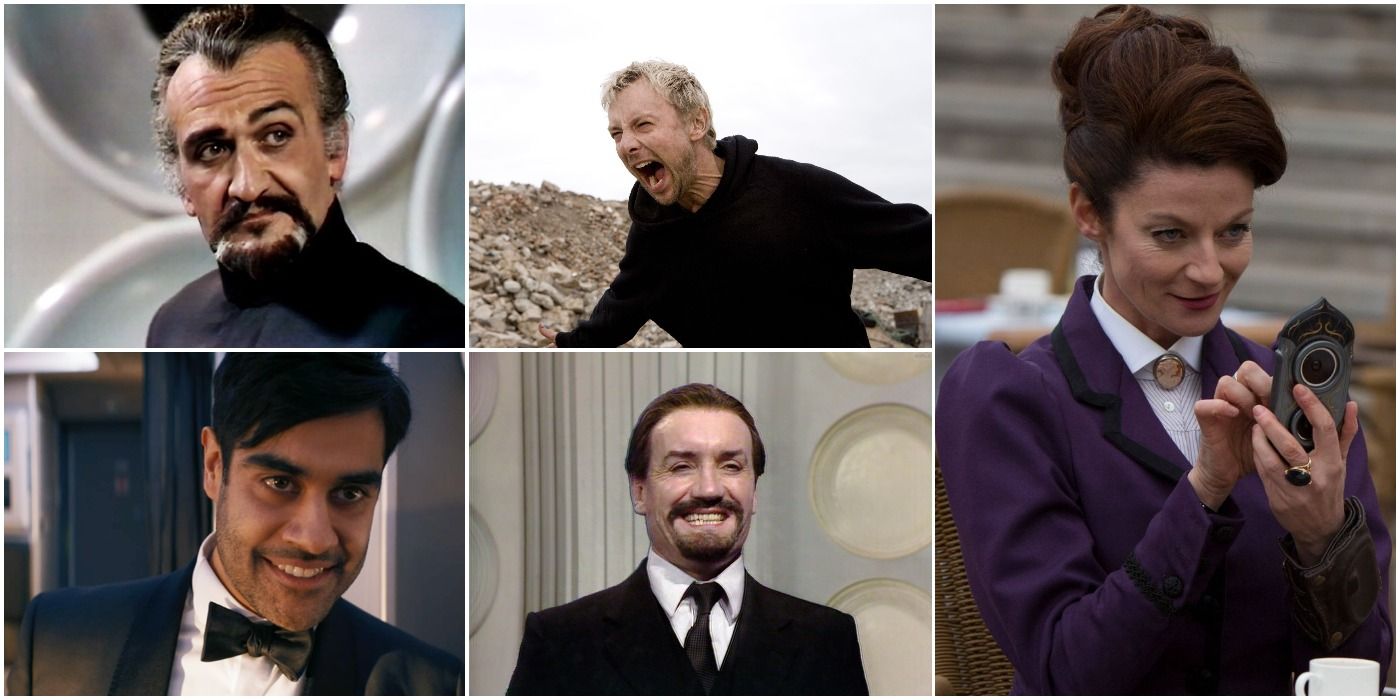
The Master first appeared in the 1971 episode "Terror Of The Autons," and continues to appear many seasons into New Who. The Master returned in the season 3 episode "Utopia," after The Time Lord opened his Fob Watch Cameleon Arch.
Ever since then, The Master has appeared in several forms and has even changed gender; always the bringer of madness, ambiguity, and chaos.
2 CHANGED: The Romance
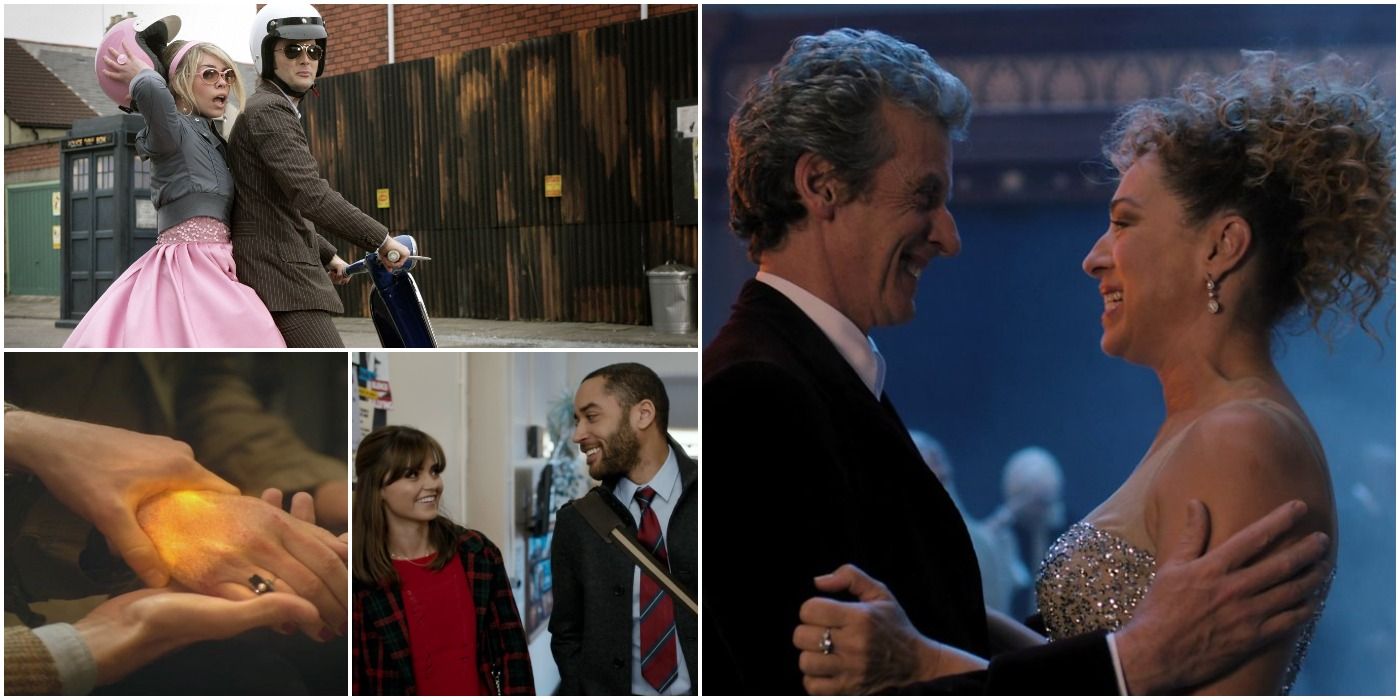
When Doctor Who first came on-screen there was hardly any romance, and when there was, it was a momentary and rare occurrence. That can't be said for New Who. The chemistry Rose had with The Ninth and Tenth Doctors, Captain Jack Harkness flirting with every gender and species, Martha's unrequited love toward The Tenth Doctor, Martha and Mickey, The Eleventh Doctor and Amy, Rory and Amy, River and The Eleventh Doctor, Madame Vastra and Jenny, Clara and Danny Pink, the list continues.
1 SAME: The TARDIS
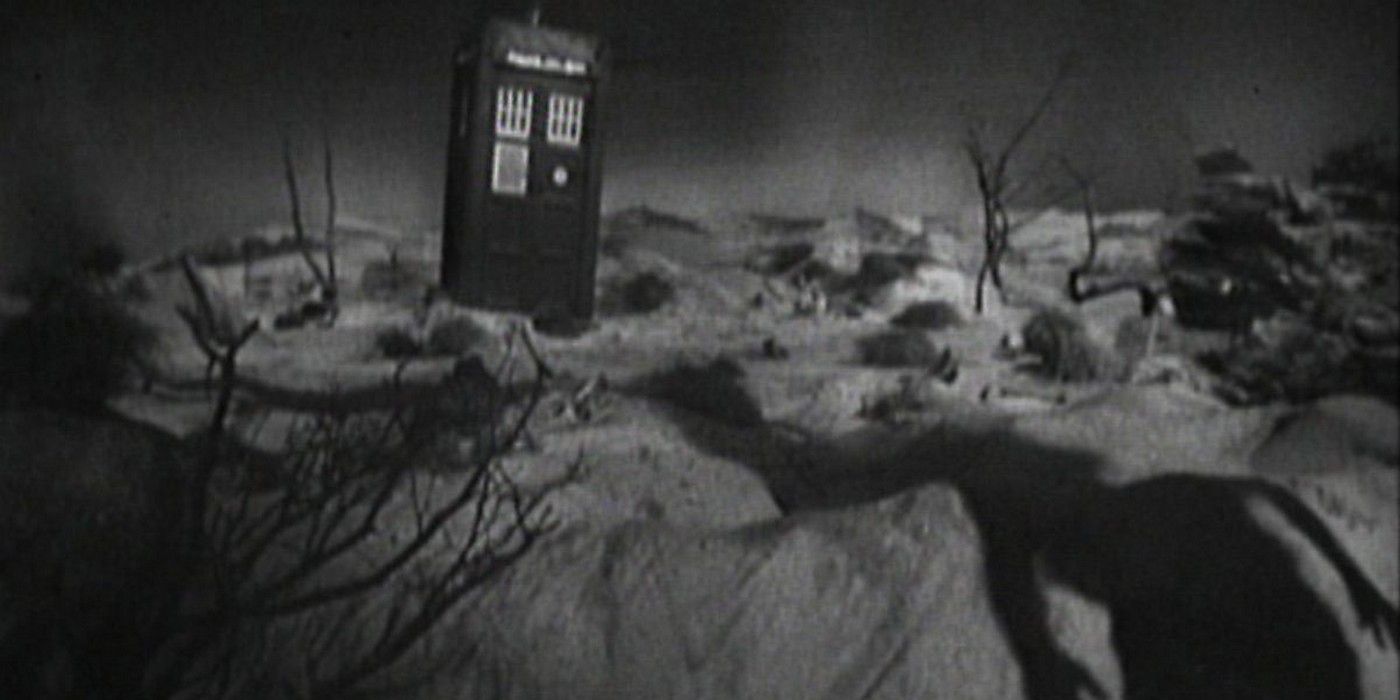
What and Who is The Doctor without the TARDIS? The TARDIS has been there since the beginning and continues to be a comforting presence for The Doctor, an irreplaceable piece of home. Time And Relative Dimension In Space fits neatly inside a ship that is bigger on the inside. A ship that doesn't always go where The Doctor wants, but always where The Doctor needs to go.
from ScreenRant - Feed https://ift.tt/3f9sJ1p


0 Comments